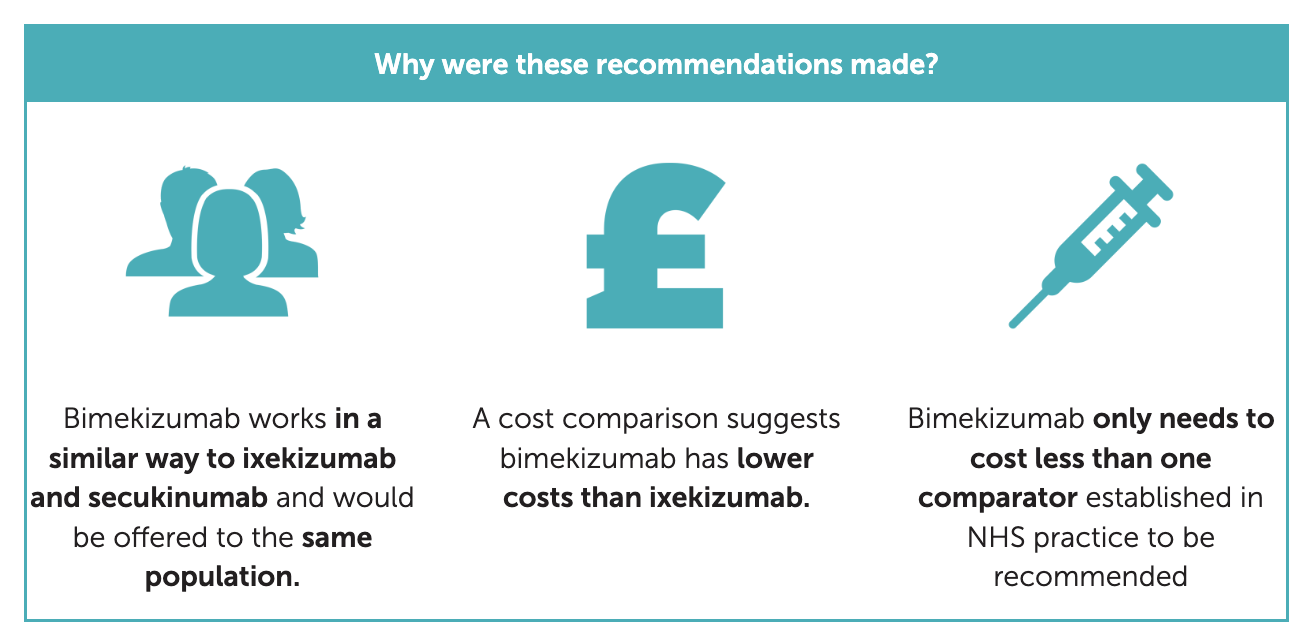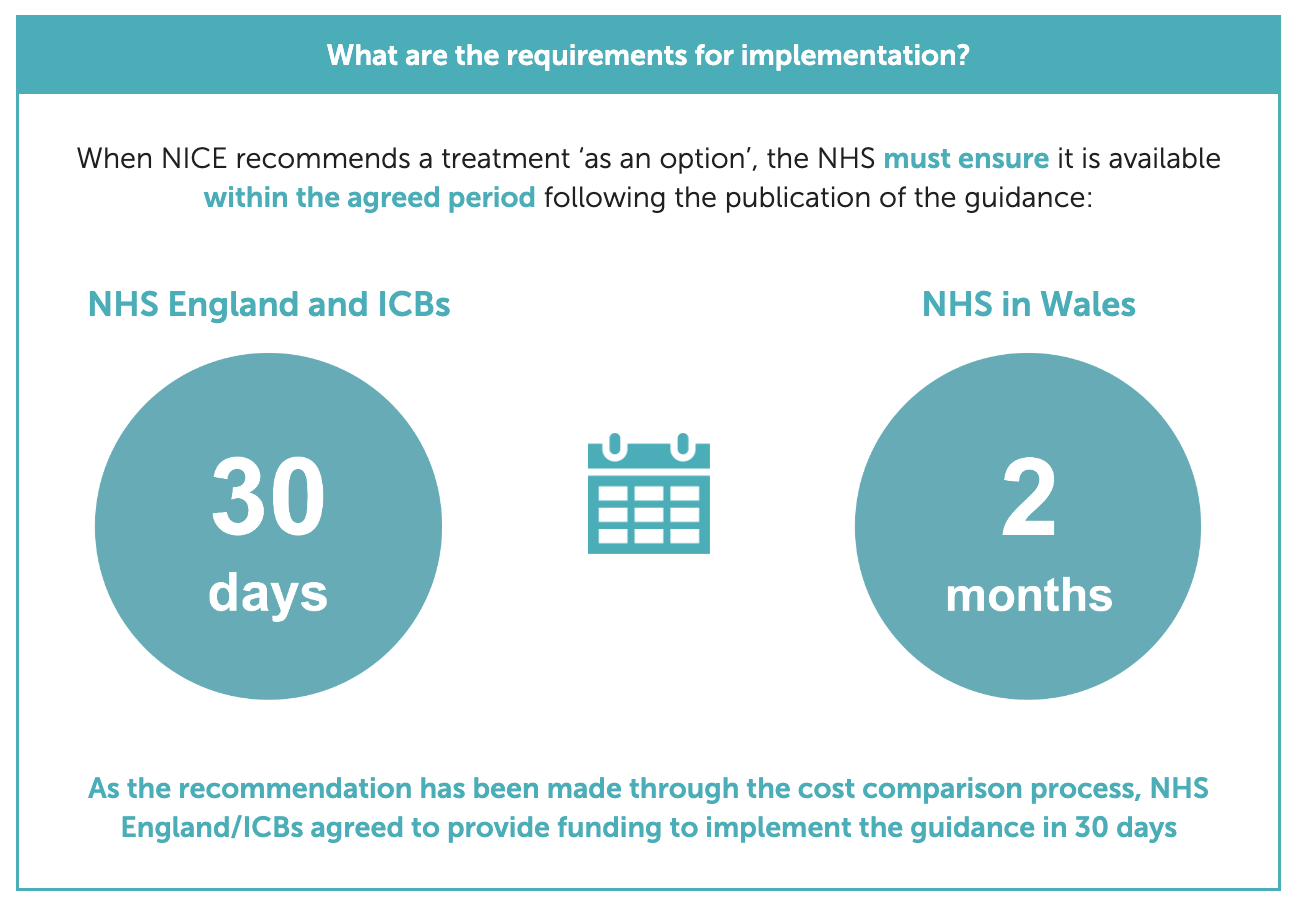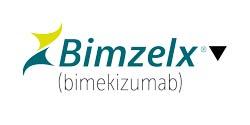
▼This medicine is subject to additional monitoring. This will allow quick identification of new safety information. Healthcare Professionals are asked to report any suspected adverse reactions. Adverse events should be reported. Reporting forms and information can be found at yellowcard.mhra.gov.uk for the UK and hpra.ie/homepage/about-us/report-an-issue for Ireland Or, via the MHRA Yellow Card App in the Google Play or Apple App Store. Adverse events should also be reported to UCB Pharma Limited at UCBCares.UK@ucb.com or 0800 2793177.




